The Ultimate Guide To Companion Planting In Raised Beds
The Ultimate Guide to Companion Planting in Raised Beds
Introduction
Companion planting is a gardening technique that involves planting different types of plants together in order to benefit each other. This can be done in any type of garden, but it is especially beneficial in raised beds.
There are many benefits to companion planting, including:
- Increased crop yields
- Improved soil health
- Reduced pest and disease problems
- Attracted pollinators
- Enhanced flavor of vegetables
How to Companion Plant in Raised Beds
There are a few things to keep in mind when companion planting in raised beds:
- Choose the right plants. Not all plants are compatible with each other, so it is important to do some research before you start planting. There are many resources available online and in gardening books that can help you find compatible plant pairings.
- Consider the size of your raised beds. If your beds are small, you will need to choose plants that are compatible with each other in terms of their size and growth habits.
- Plan your layout. Once you have chosen your plants, you need to plan your layout. This will help you ensure that the plants are spaced properly and that they will not compete with each other for sunlight, water, or nutrients.
- Be patient. Companion planting takes time to work. You will not see results overnight. However, if you are patient and consistent, you will eventually reap the benefits of companion planting.
Some Common Companion Plants for Raised Beds
Here are some common companion plants for raised beds:
- Beans and peas: These plants fix nitrogen in the soil, which benefits other plants. They also help to suppress weeds.
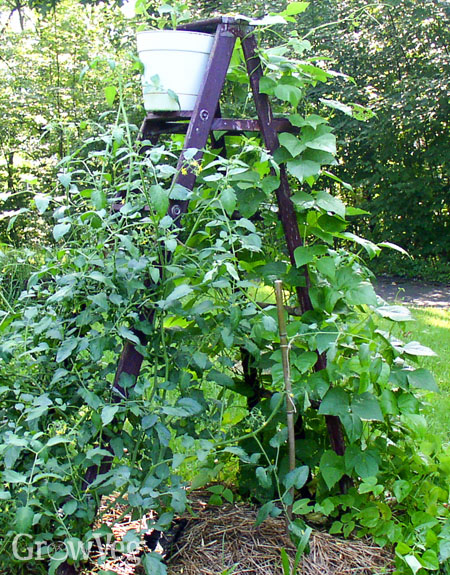
- Carrots and onions: These plants repel each other's pests.

- Cucumbers and tomatoes: These plants help to attract pollinators.
- Herbs and vegetables: Herbs can help to repel pests and attract pollinators. They can also be used to flavor vegetables.
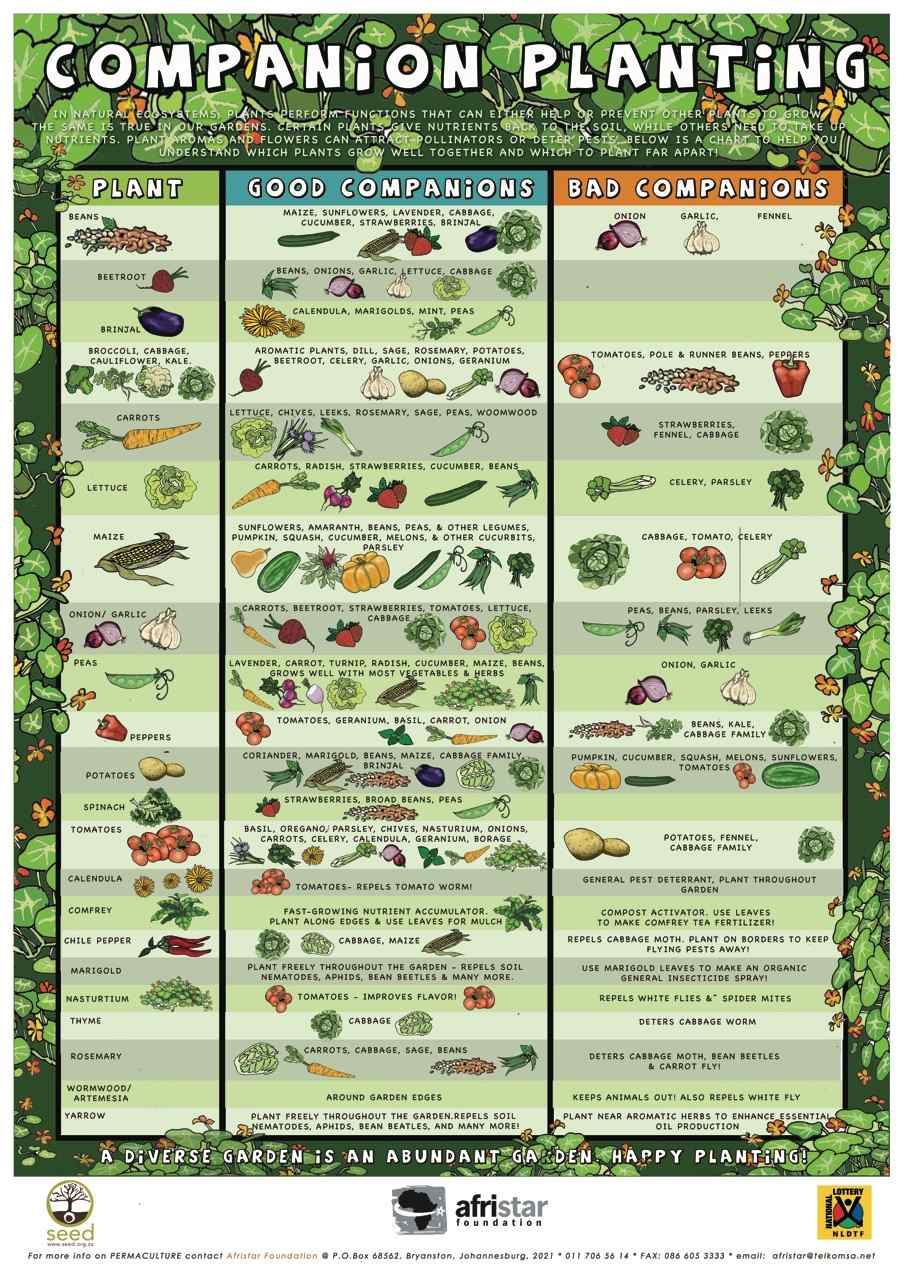
- Lettuce and spinach: These plants grow well together and do not compete for resources.

- Melons and squash: These plants can help to suppress weeds.

- Potatoes and beans: These plants help to improve the soil structure.
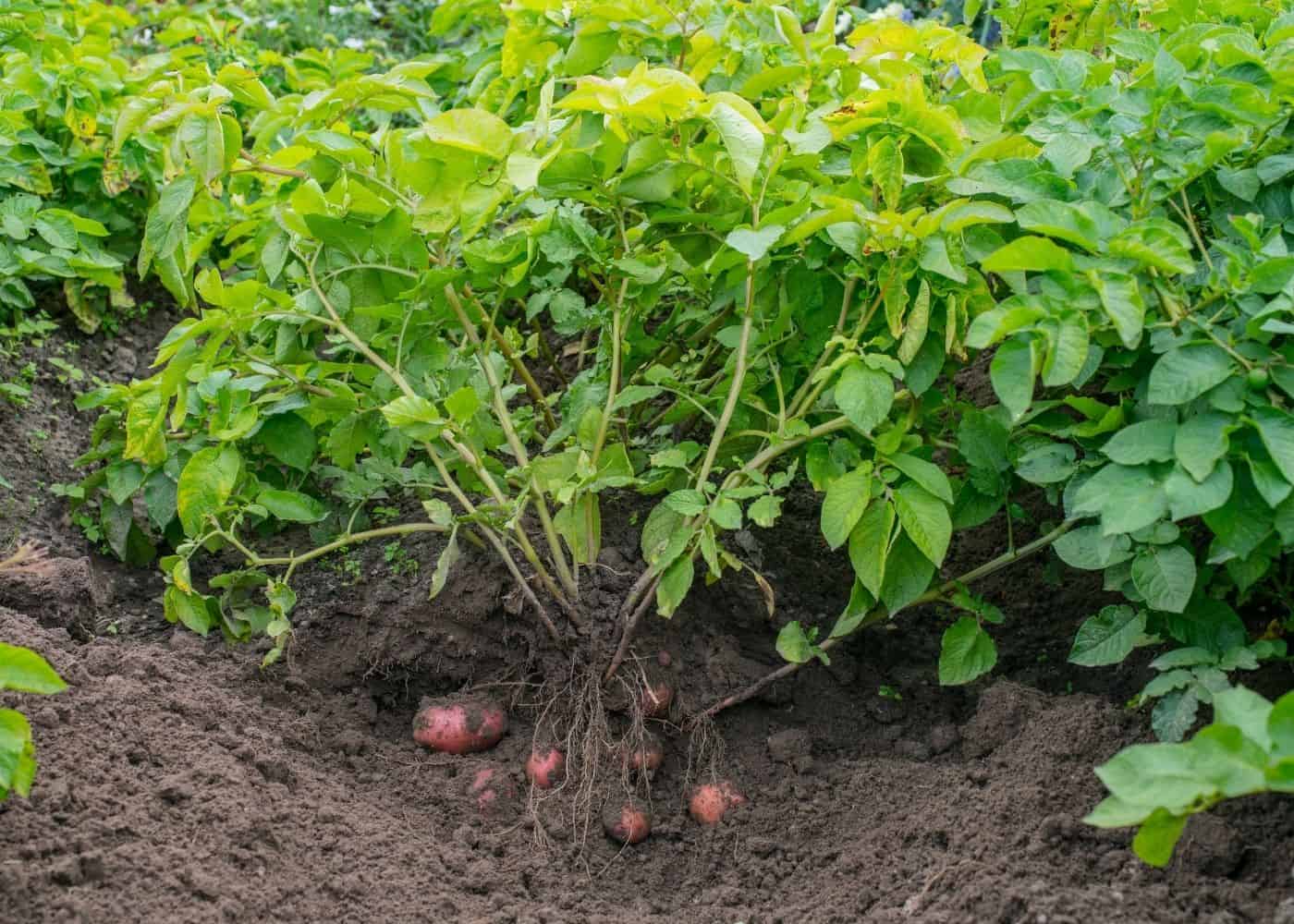
- Sunflowers and tomatoes: Sunflowers attract pollinators, which can help to improve the pollination of tomatoes.
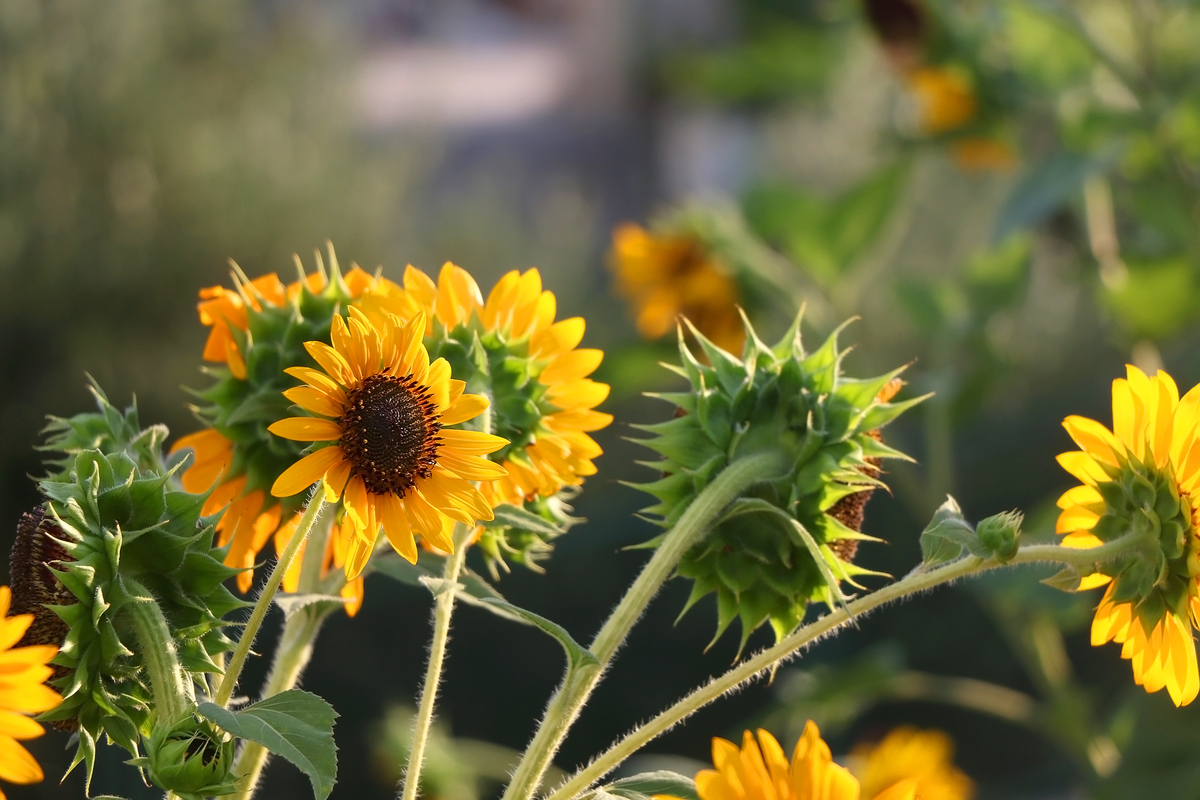
Conclusion
Companion planting is a great way to improve the health and productivity of your raised bed garden. By following the tips in this guide, you can create a thriving garden that is full of healthy, delicious vegetables.
Are you planning to grow a raised bed garden this year? If so, you'll want to do some research on which plants grow well together. Some plants are natural companions, while others can compete for resources or even harm each other.
Here are a few tips for companion planting in raised beds:
- Consider the height of the plants. Taller plants should be planted in the center of the bed, while shorter plants should be planted around the edges. This will help to maximize sunlight exposure for all of the plants.
- Plant compatible plants together. Some plants, such as tomatoes and basil, are natural companions. They help each other to grow better by attracting beneficial insects, repelling pests, or improving soil quality.
- Avoid planting competing plants together. Some plants, such as beans and peas, compete for nitrogen. Planting them together can deplete the soil of this essential nutrient.
If you're not sure which plants to grow together, you can visit Gardenia Inspiration for more information. This website has a comprehensive list of companion plants, as well as tips for planning and planting a raised bed garden.
FAQ of plants to grow together in raised bed
Q: What are the best plants to grow together in a raised bed?
A: There are many great plants that can be grown together in a raised bed, but some of the most popular combinations include:
- Tomatoes and basil: This classic combination is a great way to improve the flavor of both plants. Basil helps to repel tomato hornworms, and tomatoes provide support for basil plants to climb.
- Carrots and chives: Chives help to repel carrot rust flies, and carrots provide chives with shade in the hot summer months.
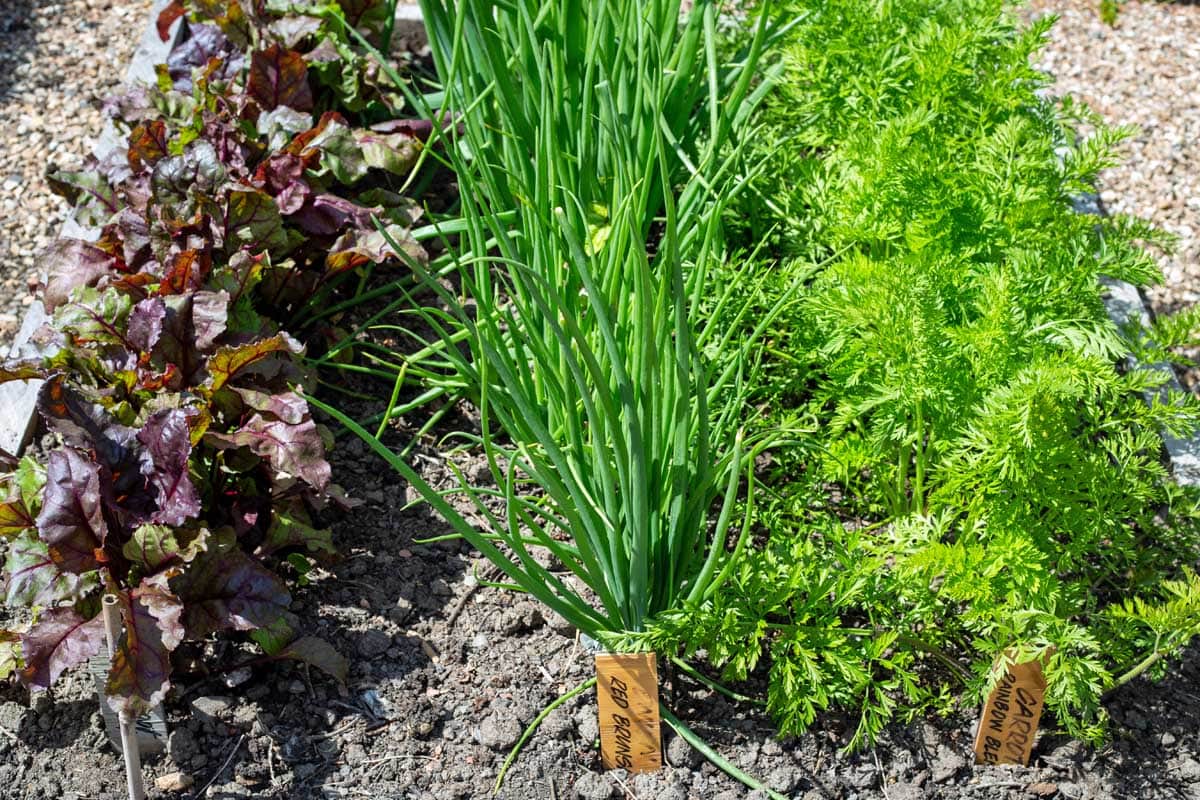
- Lettuce and marigolds: Marigolds help to repel aphids and other pests, and lettuce provides marigolds with shade in the hot summer months.

- Peas and beans: Peas and beans are both nitrogen-fixing plants, which means they can help to improve the nitrogen content of the soil. They also make a great companion planting because they have different growth habits. Peas grow up, while beans grow down, so they don't compete for space.
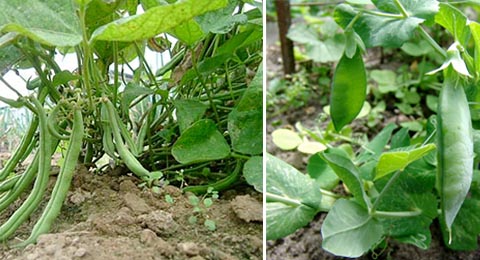
- Squash, beans, and corn: This trio is known as the "Three Sisters" and has been grown together by Native Americans for centuries. The corn provides a trellis for the beans to climb, the beans fix nitrogen in the soil, and the squash shades the soil to keep it cool and moist.
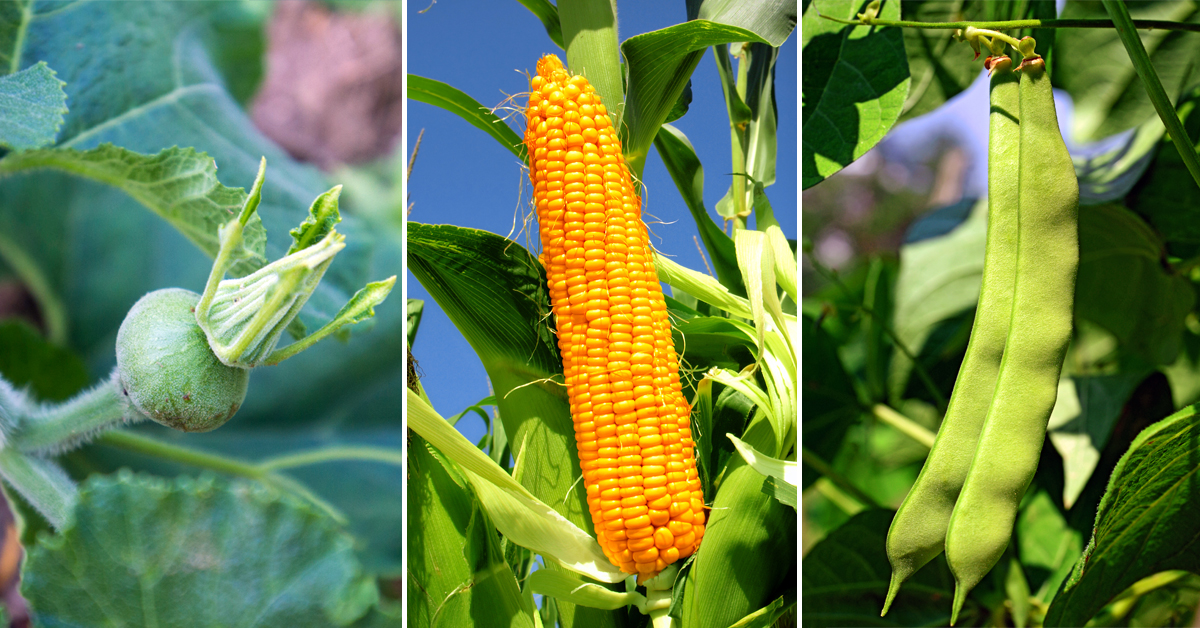
Q: What are some tips for companion planting in a raised bed?
A: When companion planting, it's important to consider the following factors:
- Plant height: Tall plants should be planted in the center of the bed, while shorter plants should be planted around the edges. This will help to ensure that all of the plants get enough sunlight.
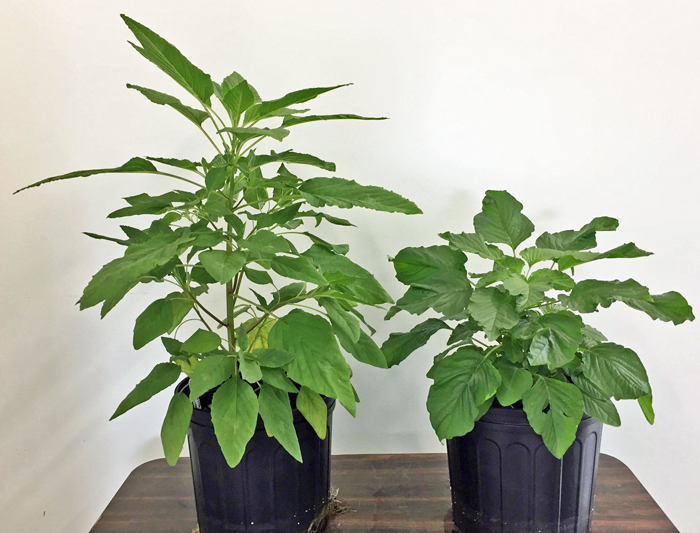
- Plant spacing: Be sure to plant your plants at the proper spacing so that they have enough room to grow. If you plant them too close together, they will compete for resources and may not thrive.

- Plant needs: Consider the different needs of your plants when planning your companion planting. For example, some plants need full sun, while others prefer partial shade. Some plants need a lot of water, while others are more drought-tolerant.

- Pest and disease control: Some plants can help to repel pests and diseases, so it's a good idea to plant them together. For example, marigolds help to repel aphids, and chives help to repel carrot rust flies.
Q: How do I organize plants in a raised bed?
A: There are a few different ways to organize plants in a raised bed. One way is to plant them by height, with the tallest plants in the center and the shortest plants around the edges. This will help to ensure that all of the plants get enough sunlight.
Another way to organize plants in a raised bed is to plant them by their needs. For example, you could plant all of the sun-loving plants together in one area, and all of the shade-loving plants together in another area. This will help to ensure that all of the plants get the conditions they need to thrive.
Finally, you could also plant your plants by their colors. This can create a beautiful and visually appealing garden.
Q: What are some common mistakes to avoid when planting in a raised bed?
A: There are a few common mistakes to avoid when planting in a raised bed:
- Not using the right soil: Raised beds need to be filled with high-quality soil that is rich in nutrients. If you use poor-quality soil, your plants will not thrive.
- Not watering enough: Raised beds can dry out quickly, so it's important to water your plants regularly.
- Not fertilizing enough: Raised beds can also lose nutrients over time, so it's important to fertilize your plants regularly.
- Not weeding enough: Weeds can compete with your plants for water and nutrients, so it's important to weed regularly.
Image of plants to grow together in raised bed
- Carrots and tomatoes: These two plants are a classic companion pairing. Tomatoes attract beneficial insects that help to control pests that can damage carrots. Carrots also help to suppress the growth of weeds.

- Basil and tomatoes: Basil is another great companion plant for tomatoes. It helps to deter pests and can improve the flavor of tomatoes.
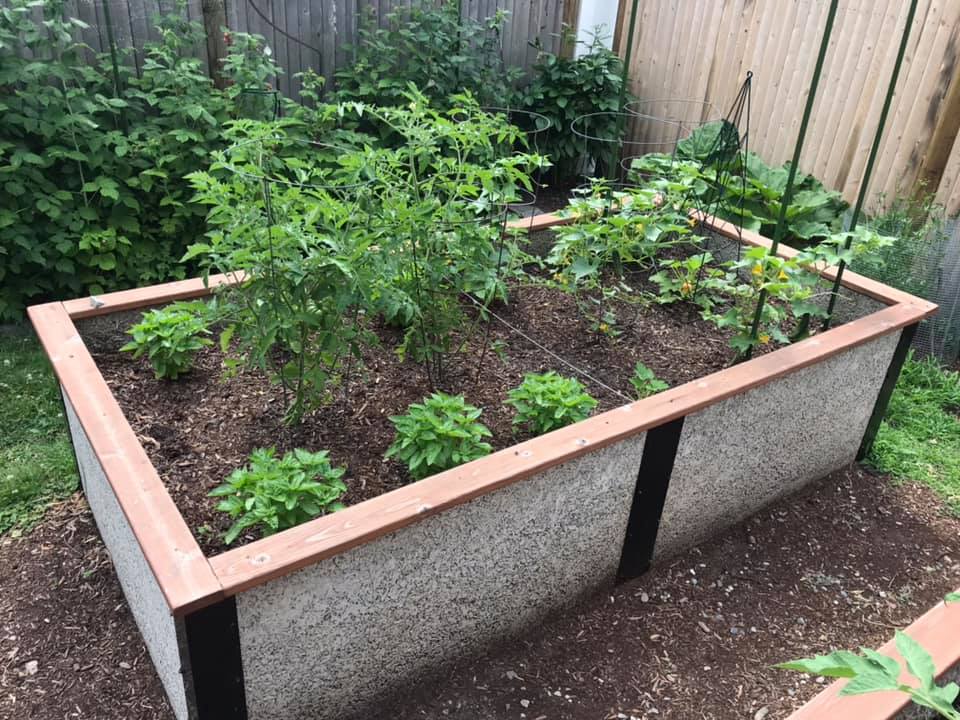
- Peas and lettuce: Peas and lettuce are both cool-season crops that can be planted together in a raised bed. Peas provide shade for lettuce, which helps to prevent it from bolting in hot weather.
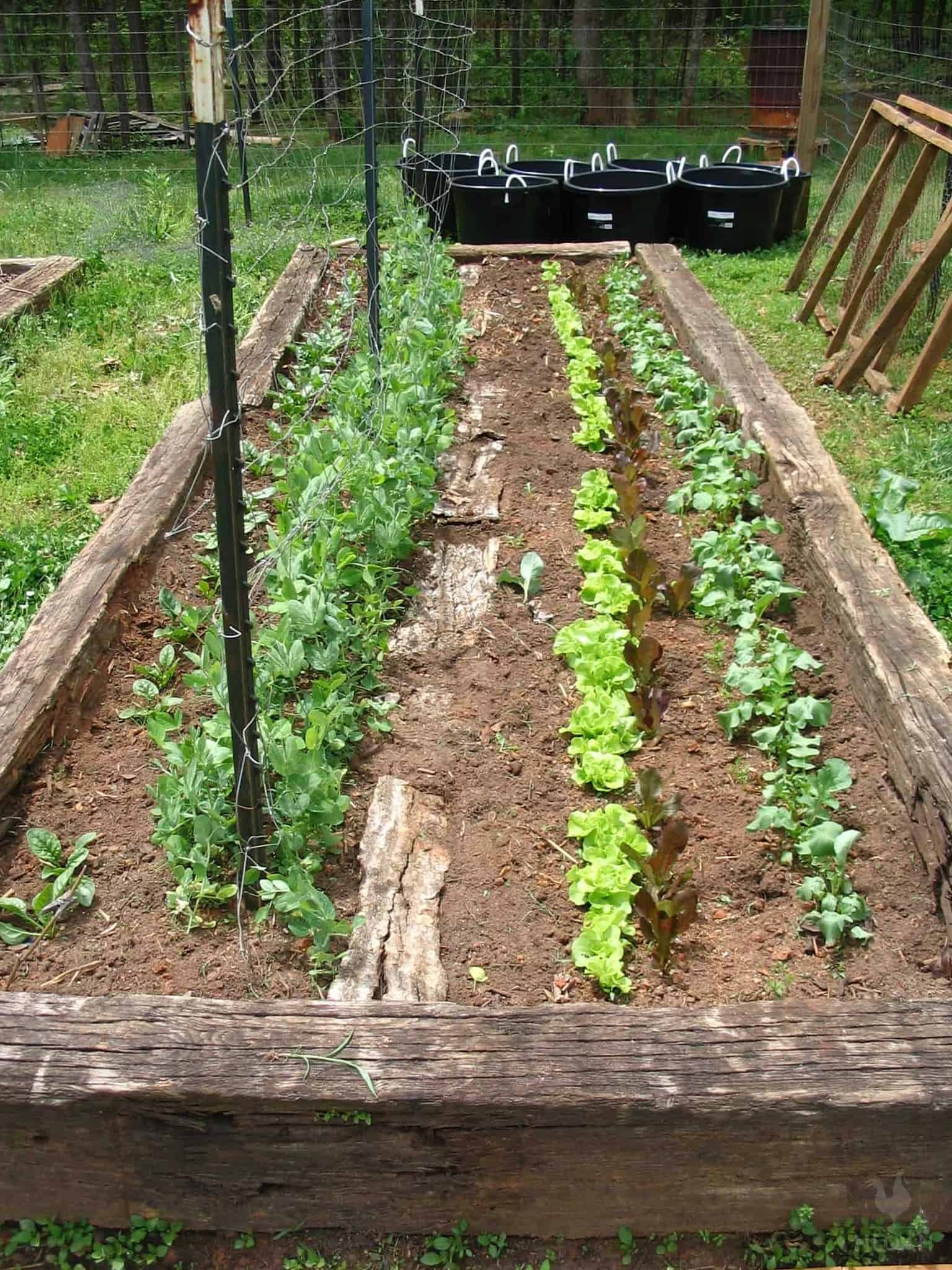
- Marigolds and roses: Marigolds are a great companion plant for roses. They help to deter pests such as aphids and Japanese beetles.

- Cucumbers and beans: Cucumbers and beans are both vining plants that can be planted together in a raised bed. They can help to support each other as they grow.
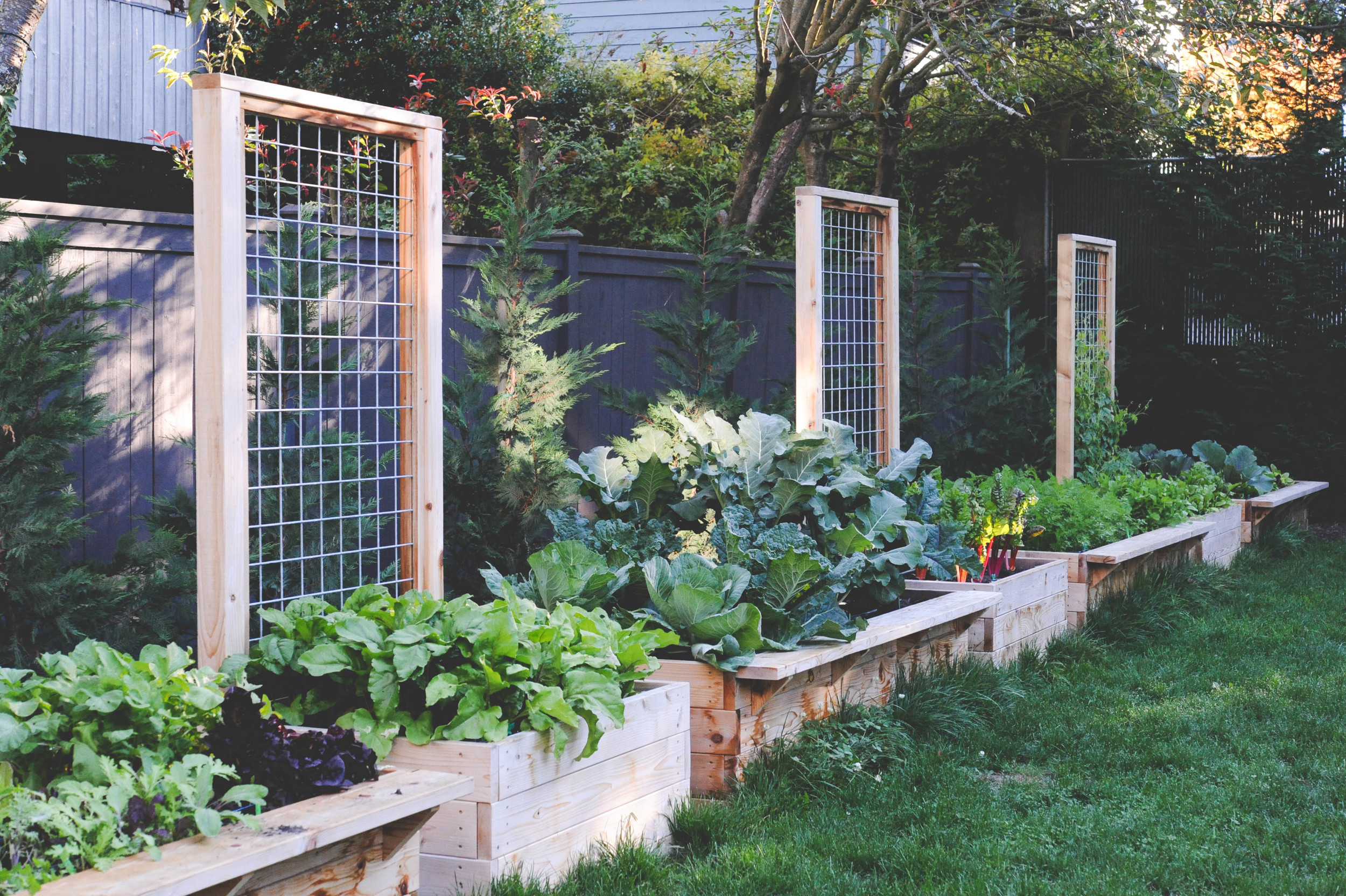
Post a Comment for "The Ultimate Guide To Companion Planting In Raised Beds"